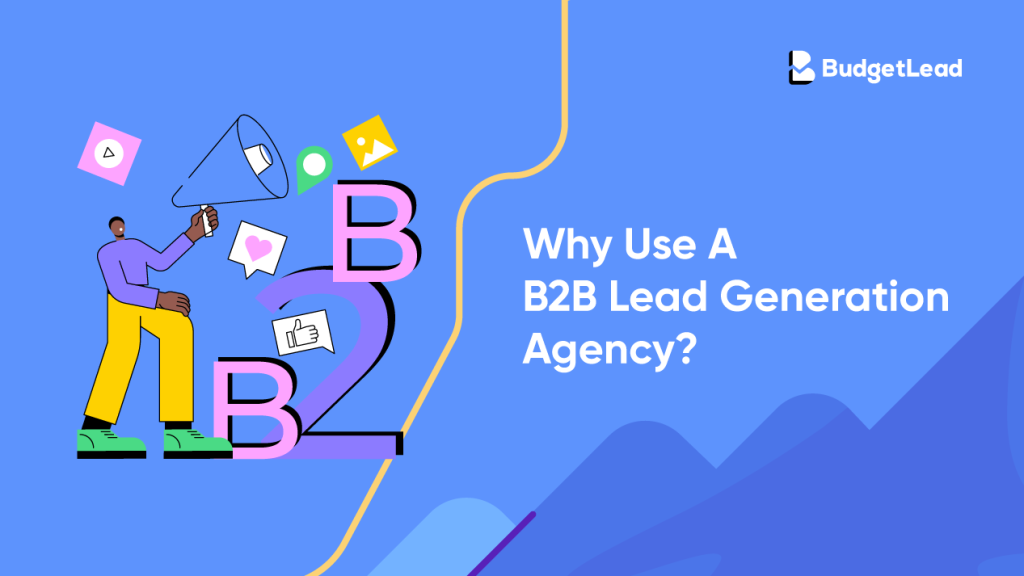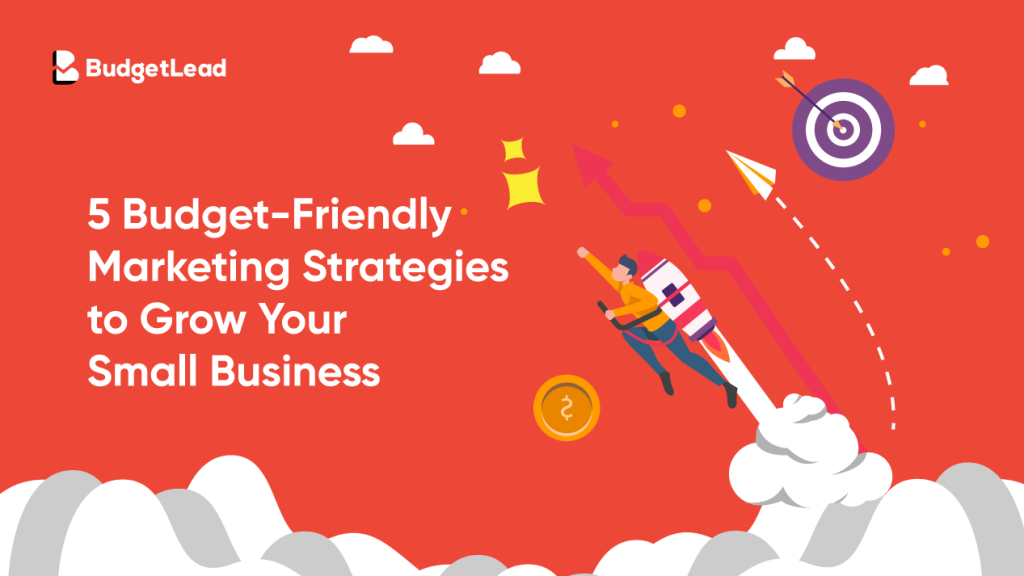I am a big enthusiast of growth hacking and have established multiple businesses based on its principles. I may continue to build more companies and utilize growth hacking again. Conventional growth strategies no longer produce the same results; traditional growth marketing is almost impossible without substantial funding. Growth hacking is widely adopted due to its significance and is particularly beneficial for SaaS companies. Several growth hacking techniques have proven successful for other businesses and can bring your SaaS business to the next level.
1. Build a big email list.
Building an extensive email list is crucial for the success of a SaaS business. Email marketing provides a direct line of communication with potential and current customers, making it an effective tool for promoting products, updating them on new features, and increasing customer engagement.
A strong email list can also be leveraged for targeted advertising and retargeting campaigns. To build an extensive email list, SaaS businesses can use various tactics such as offering a free trial or sample, providing valuable content in exchange for email addresses, and promoting sign-ups through social media and other channels.
The key is ensuring the email addresses obtained are from qualified leads interested in the product and likely to become paying customers.
2. Go referral crazy
Who did it? Dropbox.
If you’ve utilized Dropbox, you might have also referred it to a friend due to the added storage space you received for each referral. Dropbox employed a common marketing strategy of leveraging its customers for product promotion but differentiated itself by amplifying the incentives and displaying the “Refer a Friend” message in numerous places. This approach was successful, and today Dropbox is widely known for cloud-based storage.
3. Piggyback on free marketing platforms
Leveraging free marketing platforms is a cost-effective way to promote a business. By piggybacking on existing platforms, companies can reach a large audience without incurring significant marketing expenses. This can be achieved through social media marketing, content marketing, influencer marketing, and search engine optimization.
These platforms allow businesses to connect with potential customers, build brand awareness, and drive website traffic. By using these platforms effectively, companies can reap the benefits of free marketing and reach a wider audience without breaking the bank.
4. Be exclusive
Who made it happen?
LinkedIn. If you want to attract the right people to your startup, consider creating a sense of exclusivity. The appeal of being part of a selective group is undeniable, even if we don’t always agree with the individuals or what they stand for.
You might want to check out a great post called: LinkedIn Founder Reid Hoffman’s Advice for Entrepreneurs. There are a lot of good tips and hacks you can learn from Reid in that article.
5. Give people money
Who did it? PayPal.
Can a financial SaaS afford to offer money as a reward? In its early days, PayPal offered $10 for each referred friend.
This incentive helped drive significant growth for PayPal, making it a well-established player in the modern digital landscape. Similarly, ING Bank, although not a SaaS, saw impressive growth when it deposited money into the accounts of customers who successfully referred friends.
Before starting a referral program, it’s essential to consider the lifetime value of your customers. It might be worth the investment to offer a reward for new customers.
6. Make a waitlist
Who did it? Mailbox.
The Mailbox app, later acquired and discontinued by Dropbox, significantly transformed mobile email management. Its rapid growth was not a coincidence. The app’s creators established a waitlist, where users had to register to be on it before receiving access to the app.
This led to a surge in sign-ups and created a sense of excitement and exclusivity around the app. People wanted to be among the first to join the email revolution, giving Mailbox a significant advantage when it was fully released.
The waitlist was eventually removed, but it had already served its purpose in helping to drive growth for the app.
7. Dominate content marketing
Who did it? Buffer.
When Buffer entered the market, it was just one of many other social media tools. Everyone was trying to make a social media tool, tracker, monitor, scheduler, or anything else. Everyone is on social media, which is an excellent opportunity to make money.
Buffer not only created their software but also created a significant amount of content. However, this content was more than just random or irrelevant. It was high-quality content, including in-depth articles, charts, graphs, studies, and data. As experts in social media, Buffer knew how to spread this content effectively on social media platforms.
Eventually, Buffer became known as much for its content marketing as it was for its software. Content marketing is a complex task, requiring efforts to grow a blog, increase reach, and do SEO. But Buffer did it, and their focus on content marketing significantly contributed to its growth.
8. Be free
Who did it? Evernote.
One of the most established growth hacking strategies for SaaS companies is the freemium model, where a product is offered for free to attract a large user base and potential paying customers. Evernote serves as a prime example of this technique’s success.
Despite encountering difficulties and almost shutting down due to funding issues, they stuck to their freemium model and gradually gained popularity.
With a sound product strategy, Evernote took off and is now commonly referred to as the “digital brain” by many users.
9. Give your customers a killer customer experience
Who did it? Help Scout.
The unique aspect of Help Scout is that they prioritize the customer experience, making it the cornerstone of their business model. As a SaaS company, they understand the importance of growth hacking but stress that it should never compromise the customer experience. Their philosophy was succinctly summarized in their article “Don’t Let Growth Hacking Ruin the Customer Experience.”
It’s crucial to remember that growth hacking encompasses more than just growth. As a TechCrunch article states, “for success, growth hacking must focus more on product development than marketing.
In conclusion, while growth hacking can be exciting and impactful, it’s essential to maintain the customer experience in pursuit of growth. Treating customers like royalty may be the most effective form of growth hacking.









